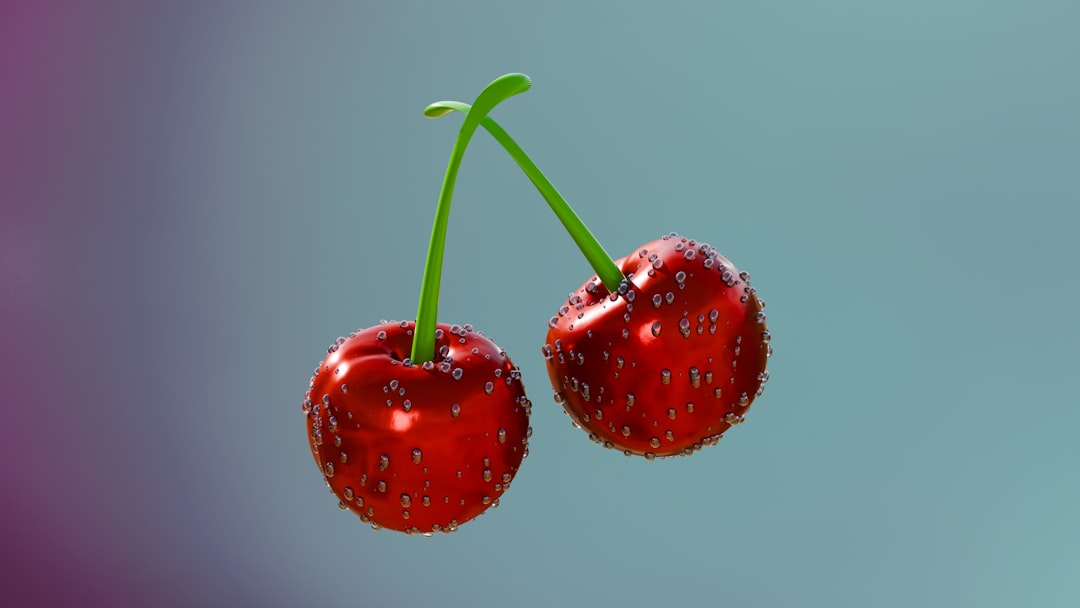The Secret to Year - Round Thriving Houseplants: Spring Cleaning

Spring is not only a time for cleaning our homes but also an ideal season to give our beloved houseplants a thorough makeover. Spring cleaning your houseplants can significantly contribute to their overall well - being, ensuring they remain happy and healthy throughout the year. In this article, we will explore the dos and don'ts of cleaning indoor plants during spring.
Why Spring Cleaning for Houseplants?
As the days get longer and the temperatures start to rise, houseplants enter a phase of active growth. Spring cleaning helps remove the dust, debris, and pests that may have accumulated over the winter months. Dust on the leaves can block sunlight, which is essential for photosynthesis. By cleaning the plants, we allow them to absorb more light and carry out this vital process more efficiently. Additionally, a clean plant is less likely to attract pests and diseases, providing a healthier environment for growth.
The Dos of Spring Cleaning Houseplants
1. Dusting the Leaves
Use a soft, damp cloth or a feather duster to gently wipe the leaves of your plants. Start from the base of the leaf and move towards the tip. This not only removes the dust but also gives the leaves a chance to breathe. For plants with small or delicate leaves, you can use a soft - bristled paintbrush to carefully brush away the dust. Make sure to be gentle to avoid damaging the leaves.
2. Checking for Pests
Inspect your plants thoroughly for any signs of pests such as aphids, spider mites, or whiteflies. Look under the leaves, along the stems, and in the soil. If you find any pests, you can use natural remedies like neem oil or insecticidal soap. Dilute the neem oil according to the instructions on the bottle and spray it on the affected areas. Insecticidal soap can also be an effective option for getting rid of pests without harming the plant.
3. Pruning
Spring is a great time to prune your houseplants. Remove any dead, yellow, or damaged leaves and branches. Pruning encourages new growth and helps maintain the shape of the plant. Use sharp, clean pruning shears to make clean cuts. Make sure to sterilize the shears before and after use to prevent the spread of diseases.
4. Repotting
If your plant has outgrown its current pot or the soil has become compacted, spring is the perfect time to repot it. Choose a pot that is one size larger than the current one. Gently remove the plant from its old pot, loosen the roots, and place it in the new pot with fresh, well - draining soil. Water the plant thoroughly after repotting to help it settle in.
The Don'ts of Spring Cleaning Houseplants
1. Over - watering
While it's important to keep your plants hydrated, over - watering can be detrimental. In spring, plants are starting to grow, but they may not need as much water as you think. Check the soil moisture before watering. Stick your finger about an inch into the soil. If it feels dry, it's time to water. If it's still moist, wait a few more days.
2. Using Harsh Chemicals
Avoid using harsh chemicals to clean your plants. These chemicals can damage the leaves and harm the plant. Stick to natural cleaning methods like using mild soap and water or natural pest control remedies. Harsh chemicals can also leave residues on the leaves, which can affect the plant's ability to absorb light and nutrients.
3. Moving Plants Too Suddenly
Houseplants are used to their environment. Moving them suddenly to a new location with different light, temperature, or humidity conditions can shock the plant. If you need to move a plant, do it gradually. Start by moving it to a slightly different location for a few hours each day and gradually increase the time until it is fully acclimated to the new spot.
4. Ignoring the Soil
The soil is just as important as the plant itself. Don't forget to check the soil quality during spring cleaning. If the soil has become compacted or lacks nutrients, it's time to replace it. You can also add some organic matter like compost or worm castings to improve the soil structure and fertility.
In conclusion, spring cleaning your houseplants is a crucial step in ensuring their long - term health and vitality. By following the dos and don'ts outlined in this article, you can give your plants the best start to the growing season and enjoy beautiful, thriving houseplants all year long.